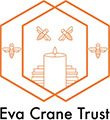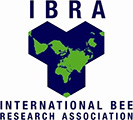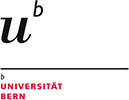Currently, there are four Varroa species identified worldwide, which present a high interspecific and intraspecific variability. The objective of this investigation was to identify the predominant species of Varroa and the effect of thymol on the plasticity of the mite.
To determine the species and effect of thymol on the plasticity of the mite, 150 specimens from 65 hives and 54 from 17 beehives exposed to thymol for 28 days were morphometrically tested. According to the morphometric measurements, the mites were identified as Varroa destructor, there being no morphometric evidence of the infestation by other Varroa species.
Mite populations differed among apiaries (P≤ 0.05), so that variables genital shield width (P=0.013), genital shield length (P=0.002) and genital shield width (P=0.026) were plus variants.
We found 8 morphotypes, observing differences between the means of the genital shield length for thymol effect (P≤ 0.05). It is concluded that Varroa destructor exposed to thymol presents intraspecific morphometric variability for adaptation to the selection pressure imposed by the acaricide.
(Loeza et al., 2018)






